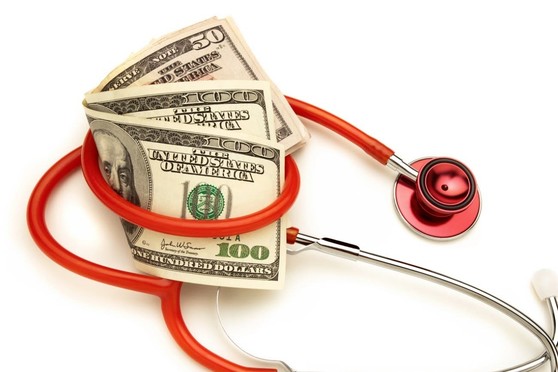America Counts: Stories Behind the Numbers Who Had Medical Debt in the United States? Nineteen percent of U.S. households could not afford to pay for medical care up front or when they received care in 2017, according to new U.S. Census Bureau data on the burden of medical debt. The Survey of Income and Program Participation (SIPP) in 2018 added a new question about medical debt in the previous year. The survey asked whether respondents had "medical bills [they were] unable to pay in full." In August, the Census Bureau released detailed tables on debt for households in 2017, by type of debt and selected characteristics of households that owed money for medical services. The tables show that medical debt was distributed disproportionately across groups based on socioeconomic status, demographic characteristics, and the health status of household members. This is the first time some of these stats are available. For example, a 2016 survey by the Kaiser Family Foundation includes questions about medical debt but lacks some of the additional information on individuals and households available in the SIPP. Continue reading to learn more about: - What is medical debt?
- Who has medical debt?
- Health, disability and medical debt
- Health coverage
- High medical debt
| 








No comments:
Post a Comment